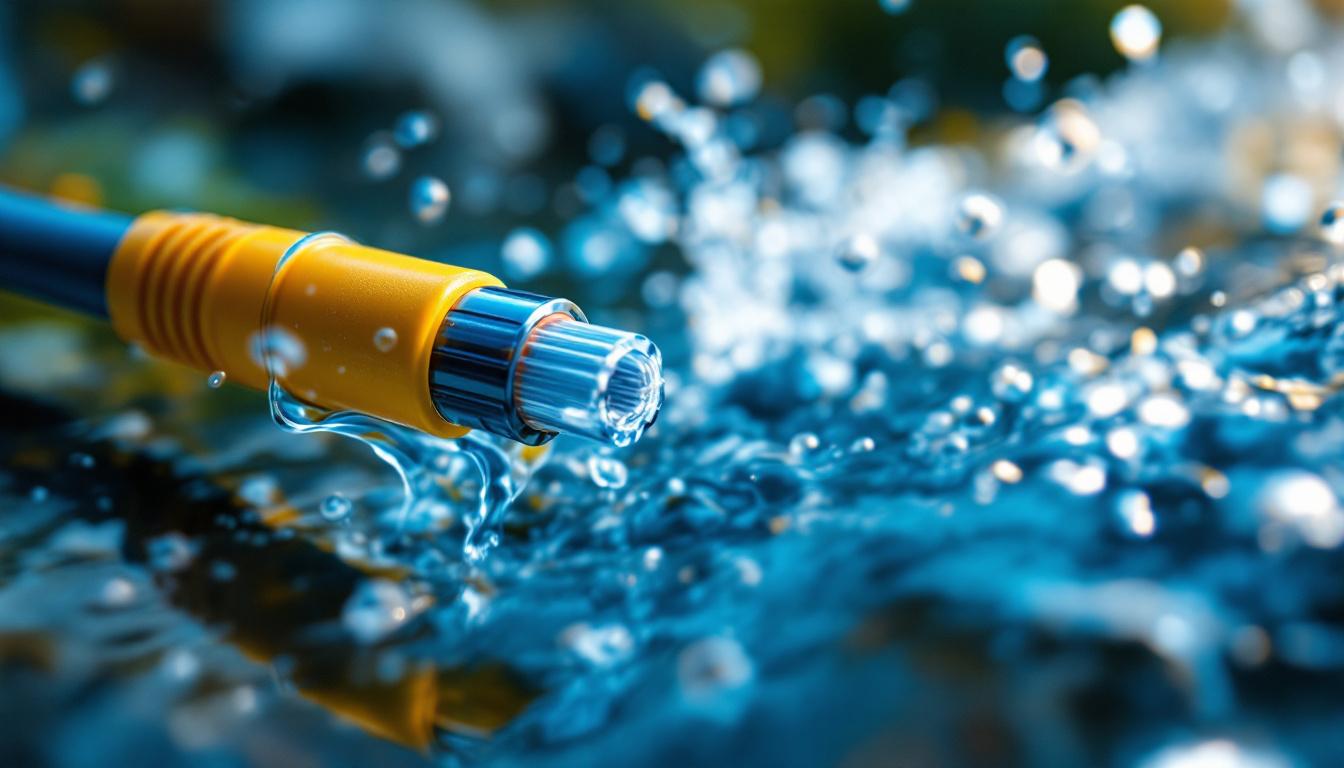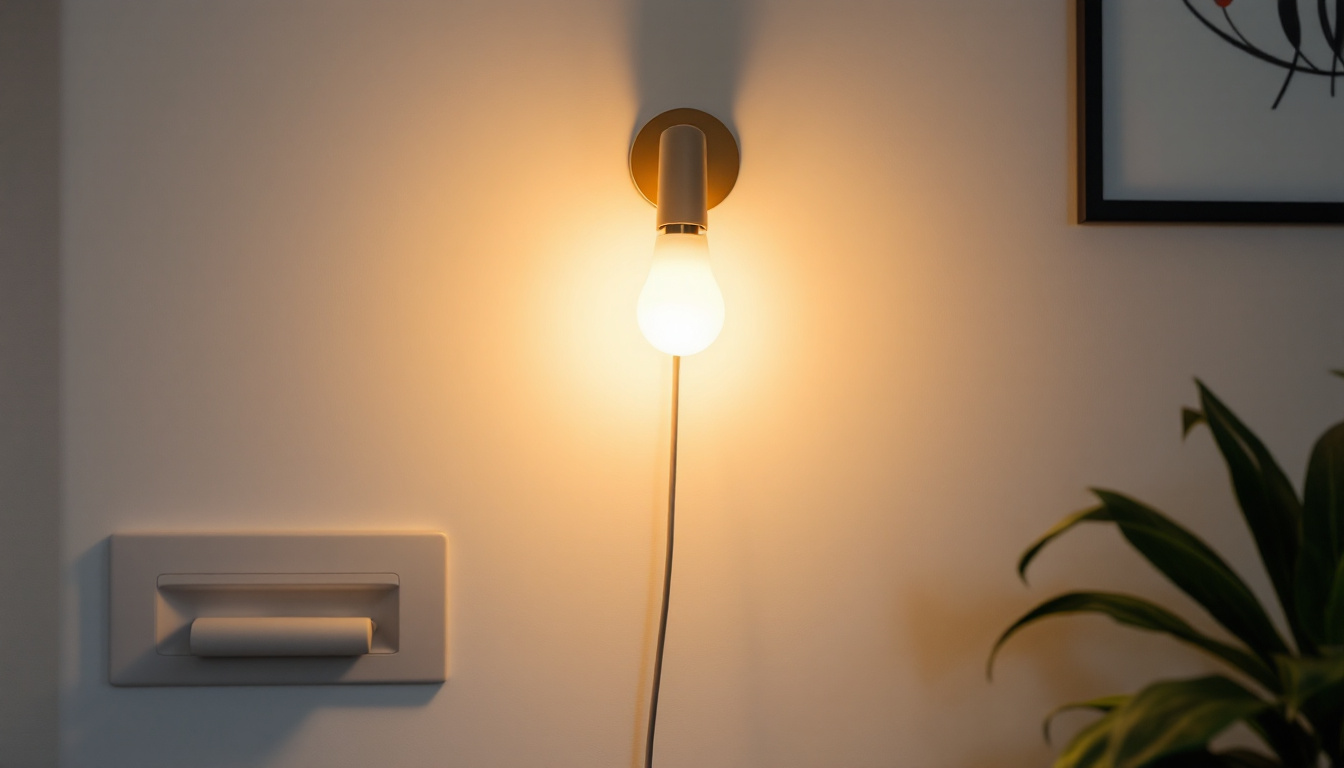
The transition to LED lighting has revolutionized the way we illuminate spaces, offering energy efficiency, longevity, and a variety of design options. However, when it comes to retrofitting existing fluorescent fixtures with LED lamps, many lighting contractors overlook an essential step: bypassing the ballast. This article delves into the importance of this process, the benefits it brings, and common pitfalls to avoid.
Before diving into the specifics of bypassing ballasts, it’s crucial to understand what a ballast does in a fluorescent lighting system. Ballasts regulate the current to the lamps and provide the necessary voltage to start the lamp. In traditional setups, they are indispensable components that ensure proper operation.
However, when transitioning to LED technology, the role of the ballast changes significantly. Most LED lamps are designed to operate without a ballast, and using one can lead to inefficiencies and potential damage to the new lighting system. This transition not only improves energy efficiency but also aligns with modern sustainability practices, making it a popular choice for both residential and commercial applications.
There are primarily two types of ballasts used in fluorescent lighting: magnetic and electronic. Magnetic ballasts are older technology and tend to be bulkier, while electronic ballasts are more compact and energy-efficient. Understanding the type of ballast in place is essential for contractors looking to make informed decisions about retrofitting. Magnetic ballasts operate using inductance, which can lead to flickering lights and a less stable light output, while electronic ballasts provide smoother, flicker-free lighting that is more pleasant for occupants.
Magnetic ballasts can often be bypassed with relative ease, while electronic ballasts may require a more careful approach to ensure compatibility with LED systems. Knowing the differences can save time and prevent costly mistakes during installation. Additionally, many modern LED fixtures come with built-in drivers that eliminate the need for a ballast altogether, further simplifying the installation process and enhancing overall system reliability.
Bypassing the ballast when installing LED lights is not just a recommendation; it’s a necessity for optimal performance. One of the primary reasons to bypass the ballast is to eliminate energy waste. Ballasts consume power even when the lamp is not in use, leading to unnecessary energy costs. This energy consumption can accumulate significantly over time, making it a hidden expense that many property owners overlook.
Furthermore, bypassing the ballast can enhance the lifespan of LED lamps. LEDs are designed to operate at lower voltages, and using a ballast can subject them to higher voltage levels, which may lead to premature failure. By removing the ballast, contractors can ensure that the LED lamps operate within their intended parameters. Additionally, this approach can lead to improved light quality, as LED lights can produce a brighter and more consistent illumination without the interference of a ballast. This not only enhances the aesthetic appeal of spaces but also contributes to better visibility and productivity in work environments.
“`html
Understanding how to properly bypass a ballast is crucial for any lighting contractor. The process involves a few clear steps, which can vary slightly depending on the fixture and the type of ballast being removed.
Before beginning any electrical work, safety should always be the top priority. Ensure that the power to the fixture is turned off at the circuit breaker. Using a voltage tester can provide an extra layer of assurance that no electricity is flowing through the fixture.
Wearing appropriate personal protective equipment (PPE) such as gloves and safety glasses is also advisable. This not only protects the contractor but also instills confidence in the client regarding the professionalism of the work being conducted. Additionally, having a first aid kit readily available on-site is a wise precaution, as it ensures that any minor accidents can be addressed promptly, minimizing downtime and maintaining a safe working environment.
Once safety measures are in place, the next step is to remove the existing ballast. This typically involves unscrewing the ballast from its mounting position and disconnecting the wiring. It’s important to take note of how the ballast is wired, as this will inform how the new LED lamps should be connected.
Contractors should also be aware of the potential for hazardous materials in older ballasts, particularly magnetic ones, which may contain PCBs. Proper disposal methods must be followed to comply with local regulations. Furthermore, documenting the removal process can be beneficial for future reference, especially if the fixture is part of a larger project or if similar work needs to be done at a later date. Taking photos of the wiring setup can serve as a helpful guide when reconnecting the new fixtures.
With the ballast removed, the next step is to wire the LED lamps directly to the fixture. Most LED lamps come with clear instructions on how to connect them without a ballast. Generally, this involves connecting the line voltage directly to the lamp holders.
It’s essential to ensure that the connections are secure and that the wiring matches the specifications of the LED lamps being installed. Poor connections can lead to flickering lights or even complete failure of the LED system. Additionally, taking the time to double-check the polarity of the connections can prevent potential issues down the line. Many LED lamps are designed to be more energy-efficient and longer-lasting than traditional bulbs, but they can only perform optimally when installed correctly. Therefore, contractors should also consider conducting a brief test of the system before finalizing the installation to ensure everything is functioning as intended.
“`
Bypassing the ballast offers several advantages that can enhance the overall performance of the lighting system. Understanding these benefits can help contractors communicate effectively with clients and justify the additional work involved.
One of the most compelling reasons to bypass the ballast is the significant increase in energy efficiency. LED lamps consume far less power than traditional fluorescent lamps, and when paired with a bypassed ballast, the energy savings can be substantial.
Clients will appreciate the reduction in their energy bills, which can lead to a quicker return on investment for the retrofitting project. This aspect can be a key selling point for lighting contractors looking to promote their services.
LED lamps are known for their long lifespan, but this can be compromised if they are used with a ballast. By bypassing the ballast, contractors can ensure that the LED lamps operate within their optimal voltage range, thereby extending their lifespan.
Additionally, the quality of light produced by LED lamps is often superior to that of fluorescent lamps, providing better color rendering and consistency. This can significantly enhance the ambiance of any space, making it more appealing to clients.
Another benefit of bypassing the ballast is the reduction in maintenance costs. With longer-lasting LED lamps and fewer components to fail, clients will spend less on replacements and repairs over time. This not only saves money but also minimizes the disruption caused by maintenance work.
For contractors, this can lead to increased customer satisfaction and potentially more repeat business as clients recognize the value of investing in a quality lighting system.
While the process of bypassing a ballast may seem straightforward, there are common mistakes that lighting contractors should be aware of to ensure a successful installation.
Before beginning any retrofitting project, it’s essential to conduct thorough research on the compatibility of the LED lamps with the existing fixtures. Not all LED lamps are designed to work with every type of fixture, and using incompatible products can lead to performance issues.
Contractors should consult product specifications and, if necessary, reach out to manufacturers for guidance. This diligence can save time and prevent costly errors during installation.
Lighting contractors must be aware of local electrical codes and regulations when performing any electrical work. Bypassing a ballast may require specific compliance measures, and failing to adhere to these can result in penalties or safety hazards.
Staying informed about local regulations not only ensures safety but also enhances the contractor’s reputation as a knowledgeable and responsible professional.
After completing the installation, it’s vital to test the system before considering the job finished. This includes checking for proper operation of the LED lamps, ensuring there are no flickers, and confirming that all connections are secure.
Skipping this step can lead to client dissatisfaction and additional work down the line. A thorough testing phase demonstrates professionalism and commitment to quality, which can lead to positive referrals and repeat business.
Bypassing the ballast for LED lights is a critical step that lighting contractors must not overlook. Understanding the role of ballasts, the benefits of bypassing them, and the common mistakes to avoid can significantly enhance the quality of lighting installations.
As the industry continues to evolve, staying informed about best practices and emerging technologies will empower contractors to deliver exceptional results for their clients. By prioritizing efficiency, performance, and safety, lighting contractors can position themselves as leaders in the field, paving the way for a brighter, more sustainable future in lighting.
“`html
Ready to take your lighting projects to the next level? At LumenWholesale, we provide lighting contractors with the highest quality, spec-grade LED lighting products at unbeatable wholesale prices. Say goodbye to unnecessary markups and hello to a vast selection of reliable, high-performance lighting that meets the most rigorous industry standards. Make the smart choice for your next retrofitting project and enjoy the convenience of free shipping on bulk orders, ensuring you get the best value without any hidden costs. Elevate your lighting installations with the efficiency, performance, and safety that LumenWholesale offers. Wholesale Lighting at the Best Value is just a click away.
“`

Discover how under counter lighting can be a game-changer for lighting contractors looking to win more bids.

Discover how partnering with lighting contractors can illuminate new opportunities for your business.

Discover how waterproof cables enhance energy efficiency, reduce maintenance costs by 30%, and ensure reliable power in harsh environments. Learn more now!.

Discover expert tips from a seasoned lighting contractor on selecting and installing plug-in light fixtures for walls.